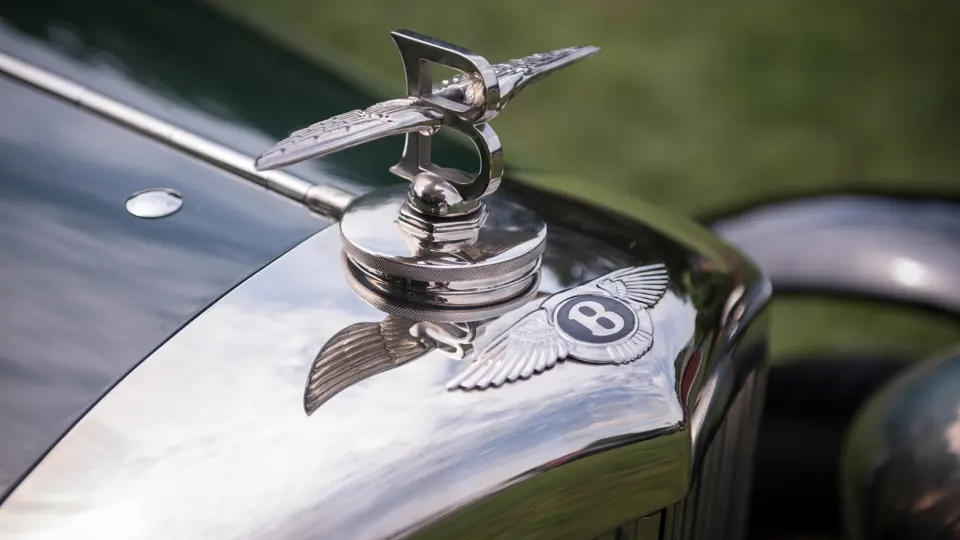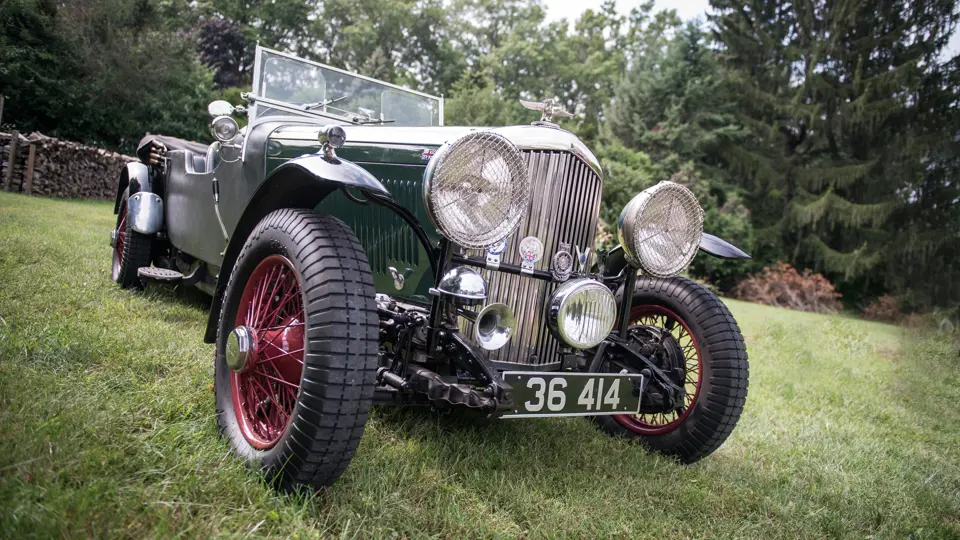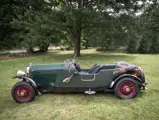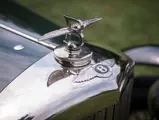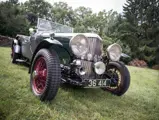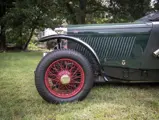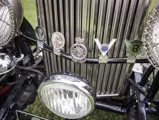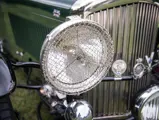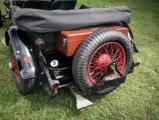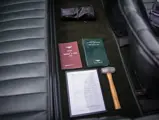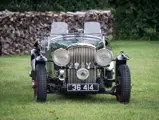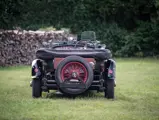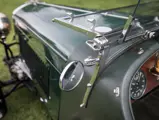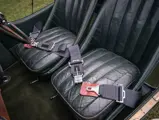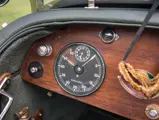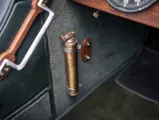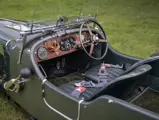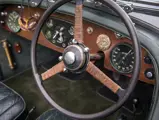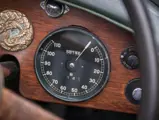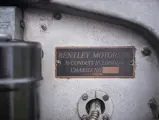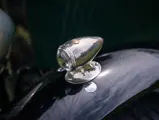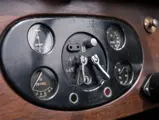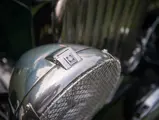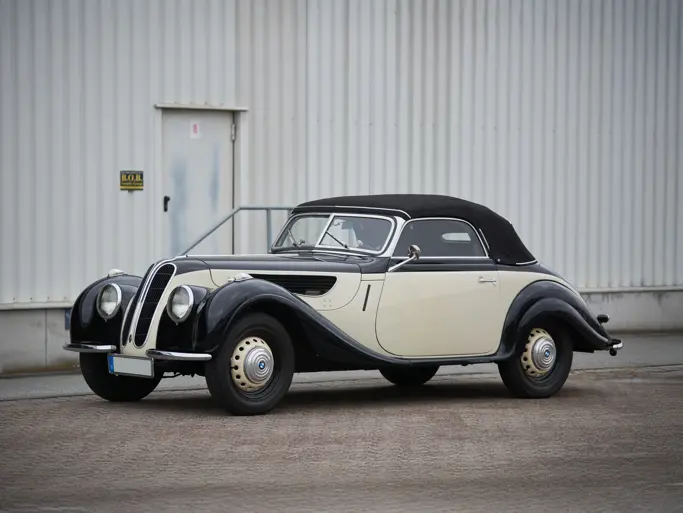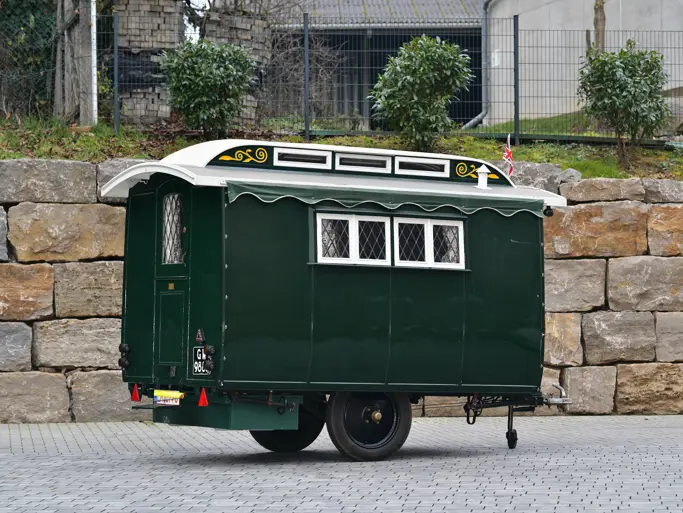126 hp, 4,257 cc six-cylinder OHV engine, twin SU carburettors, four-speed manual gearbox, front and rear semi-elliptic leaf spring suspension with solid front axle and live rear axle, and four-wheel hydraulic drum brakes. Wheelbase: 126 in.
• One-off tourer by James E. Pearce, specialist coachbuilders
• W.O. Bentley-inspired, fabric-covered Le Mans tourer
• Retains its original engine, drivetrain, and chassis
When Rolls-Royce Motors acquired Bentley in 1931, it was agreed that the company would continue to produce a Bentley. The first Derby-built Bentley appeared in 1933. Modifying the chassis and engine used in the Rolls-Royce 20/25 horsepower car and fitting a new cross-flow head, twin SU carburettors, and a re-profiled camshaft, resulted in a very sporting motor car.
Primarily designed for the owner-driver, it was promoted as the “Silent Sports Car”, fast yet refined for long-distance touring. Late in 1935, the 4¼-litre engine, based on the modified Rolls-Royce 25/30 horsepower unit, was offered as a £50 option on the 3½-litre. It was an immediate success, and it was adopted as the standard engine in 1936.
Motor magazine reviewed the new model in April of 1936. “An altogether extremely satisfactory car, which provides a unique combination of verve with docility, speed with comfort, and performance with silence”. The Silent Sports Car attracted notable buyers, such as Sir Malcolm Campbell, the Duke of Kent (who bought two), and well-known racing driver E. R. “Eddie” Hall.
B183HM was delivered to its new owner, G.F. Wilkens, as a Park Ward standard steel saloon. Park Ward was one of about 60 coachbuilders providing bodies for the Derby cars; they developed four “standard” design steel bodies for Derby Bentleys and built more saloons than any other coachbuilder. Their edge was technology; others were still building bodies like carriages, with ash hardwood frames skinned with aluminium. In all, 530 of 1,234 Bentley 4¼-litre cars carried Park Ward steel saloon bodies. Though graceful and practical, they were prone to corrosion and many, like this car, were ultimately re-bodied.
Competitive race car drivers often had original bodies replaced to make a lighter, faster car more accessible for pit-crew repairs. For example, a Derby Bentley tourer rebodied by Offord in 1936 took 2nd at Ards, with an average speed of 80.87 mph. In the 1930s, the stamina and durability of these cars attracted many sportsmen, like Raymond Mays and George Dyston.
Well-informed Bentley enthusiasts know that most of these steel cars now wear replacement coachwork. The chassis was more robust than the coachwork, and it is important to remember that like Rolls-Royce and other prestige manufacturers, Bentley itself did not produce the bodies, only the chassis and engine. A useful and well-designed open tourer like this one is welcomed into the Bentley Drivers’ Club and other respected enthusiast organizations.
The work was carried out in the 1950s by respected West Sussex coachbuilders James E. Pearce. This touring body is finished in British Racing Green with a Le Mans-type fabric covering. Design cues from the Vintage Bentley era, like the Winged “B” mascot, with the aluminium step plates and Auster-type twin windscreens, capture the essence of these cars. Still powered by its original 4¼-litre engine, this car is offered by a long-time Bentley enthusiast who has been a fixture at a number of Bentley and other pre-war tours for many years. The car performs as it should, and the fortunate new owner will be able to enjoy it for years to come.


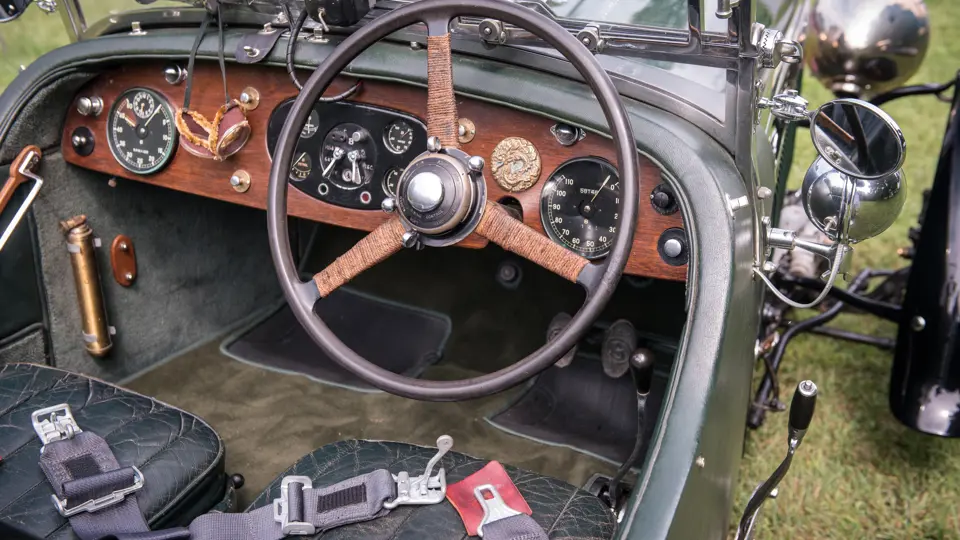

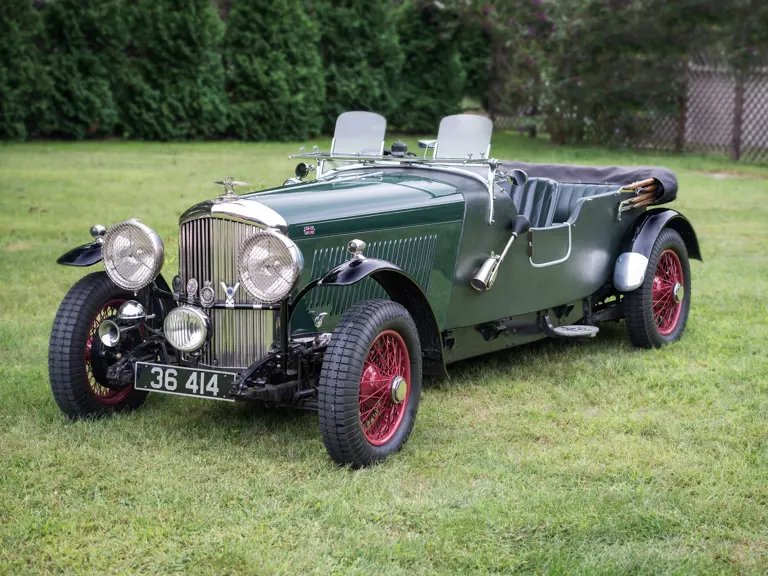
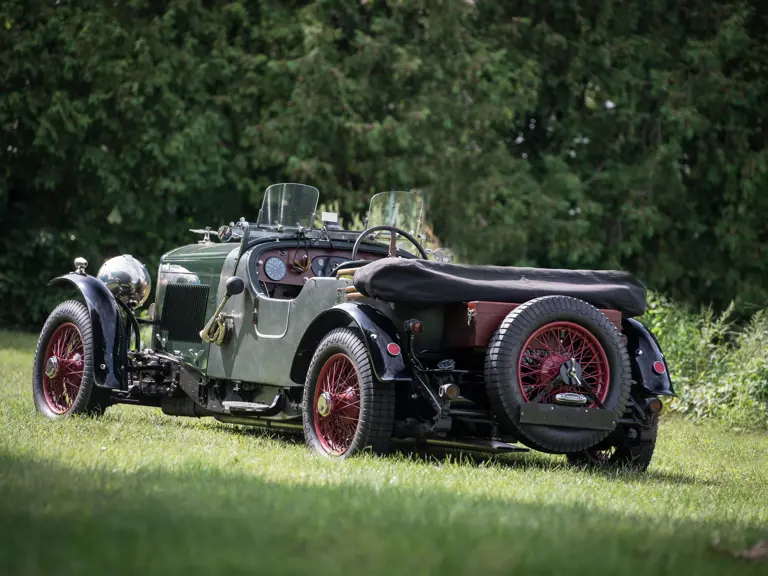
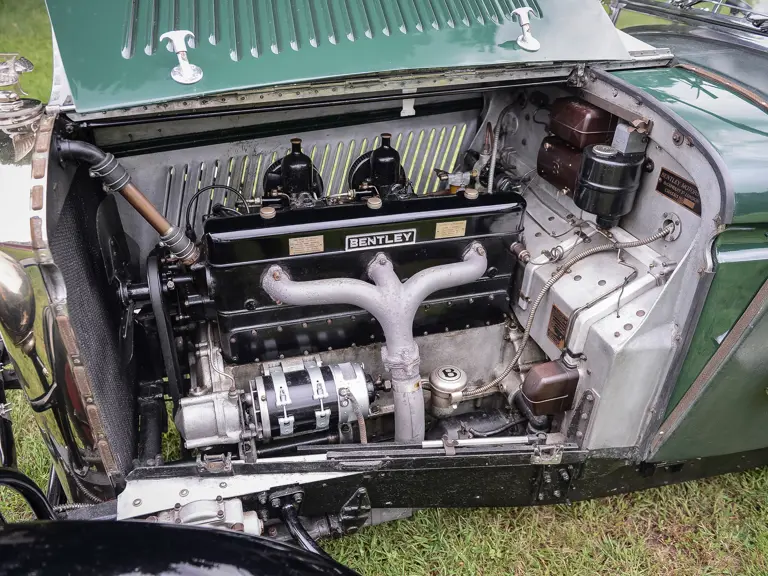
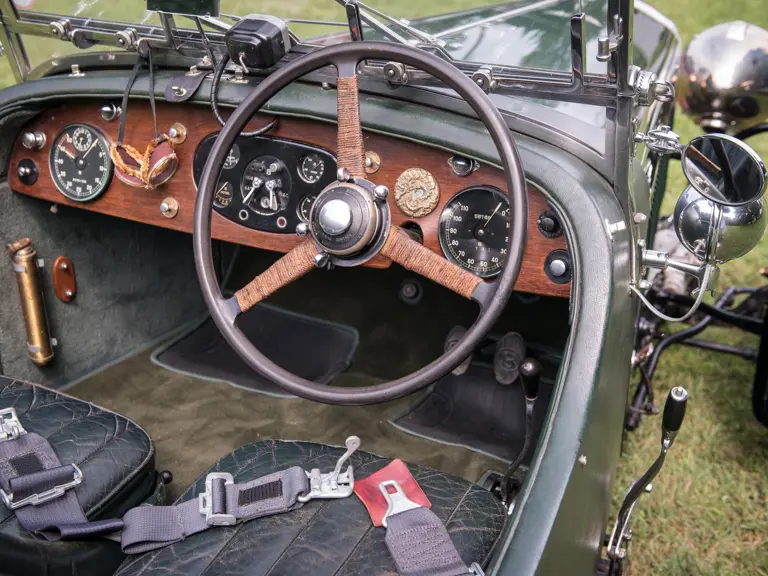
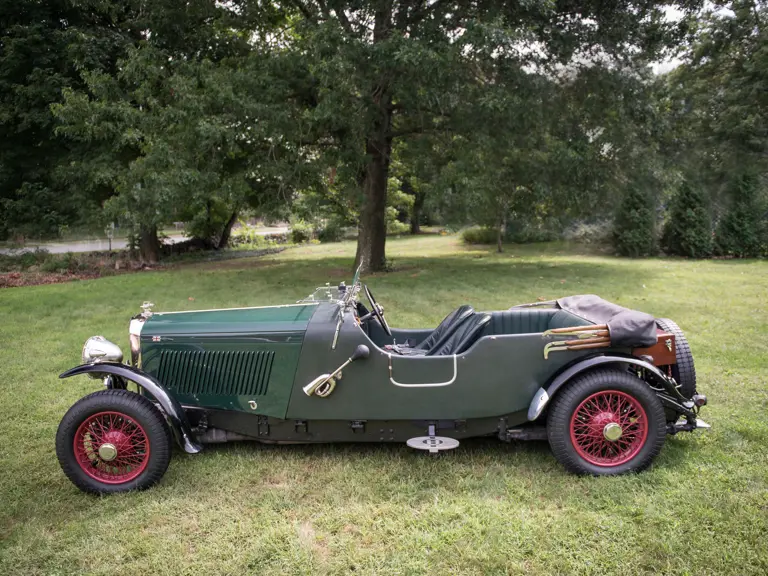
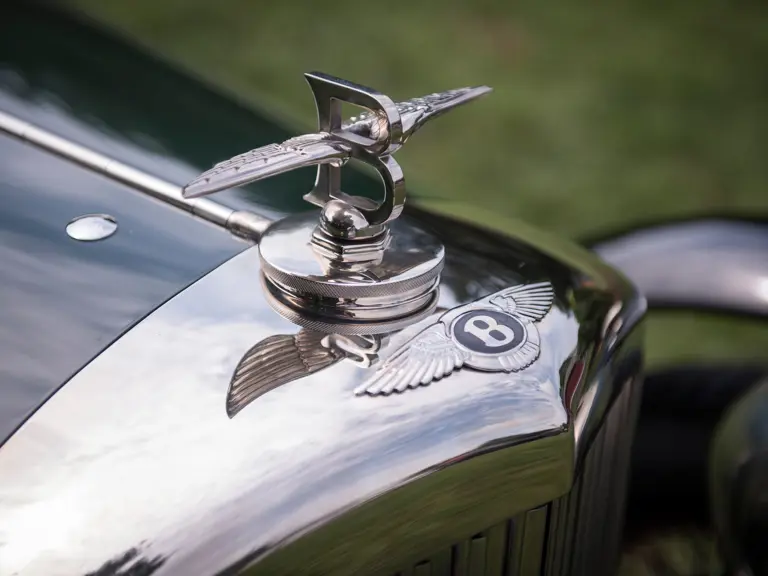
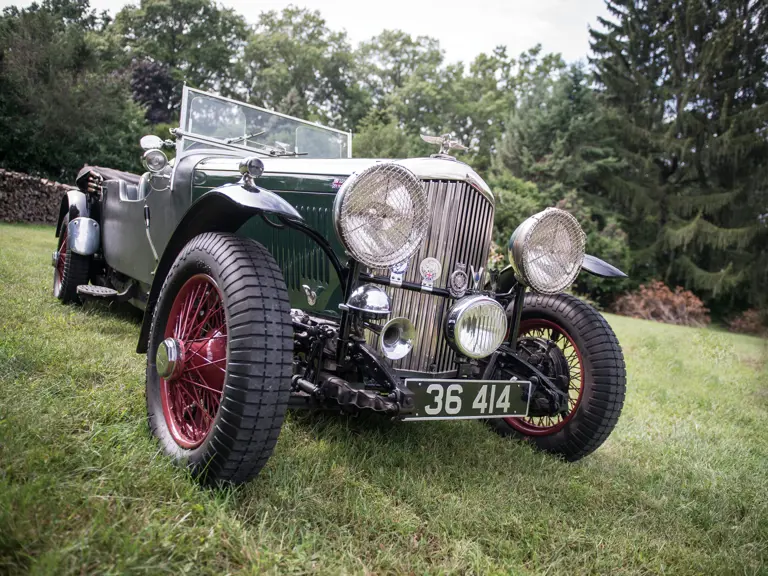
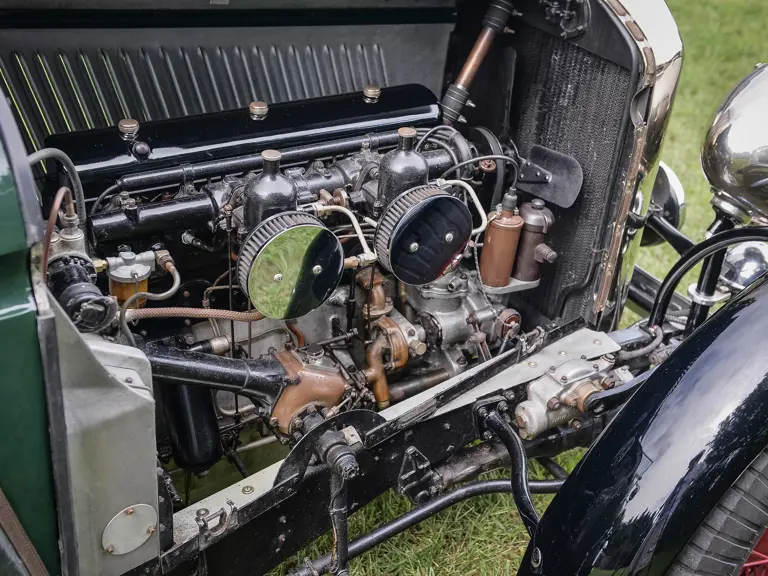


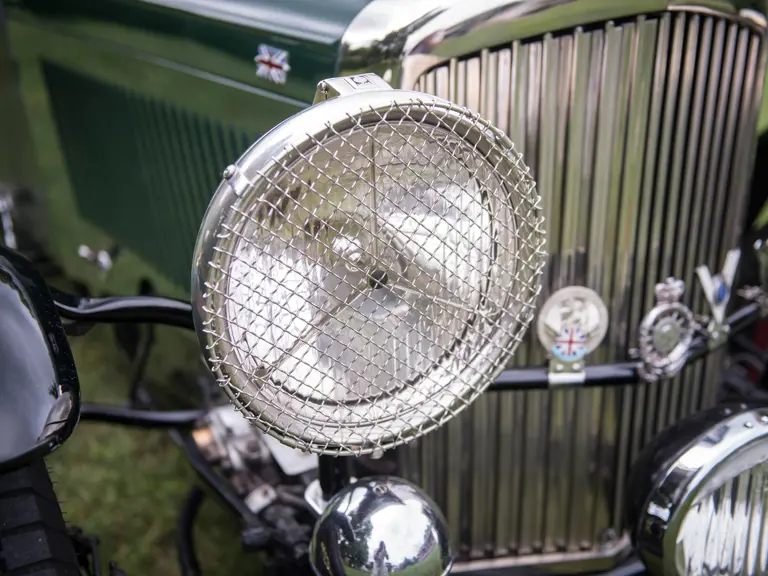


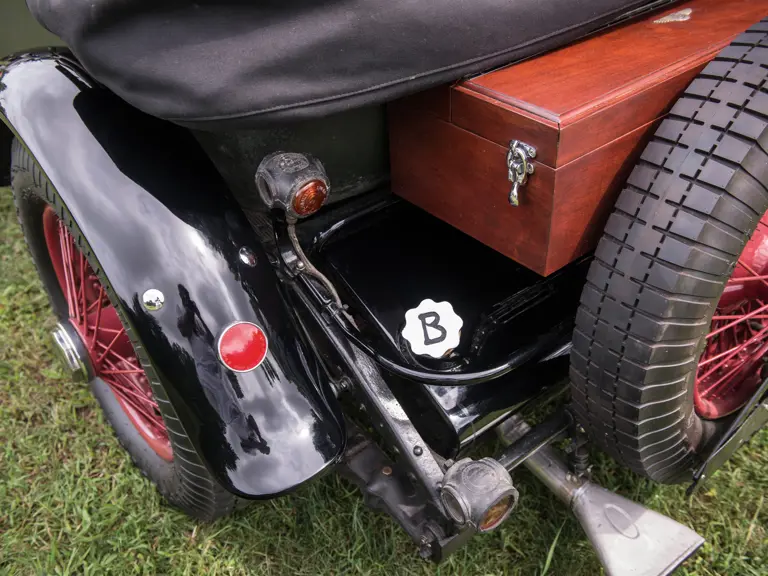
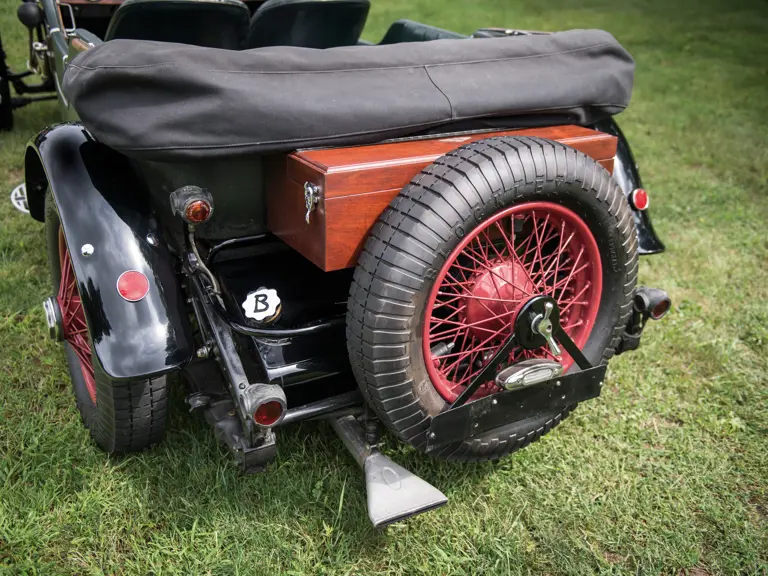
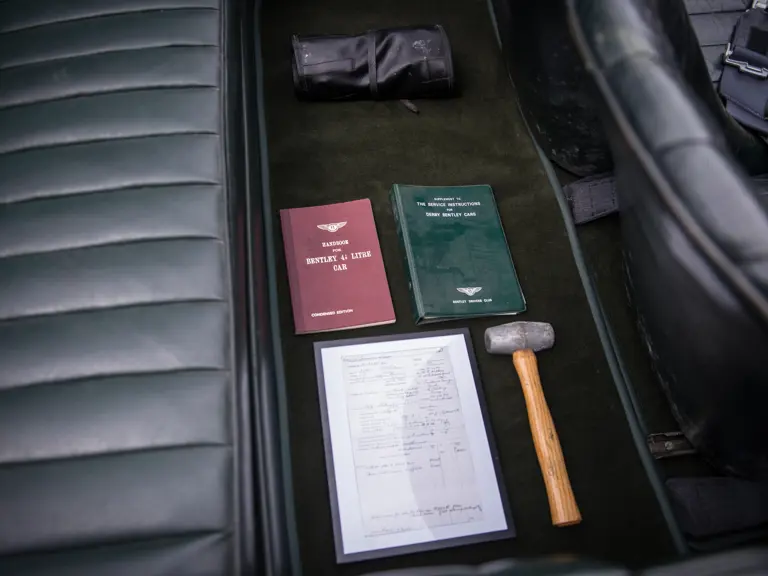

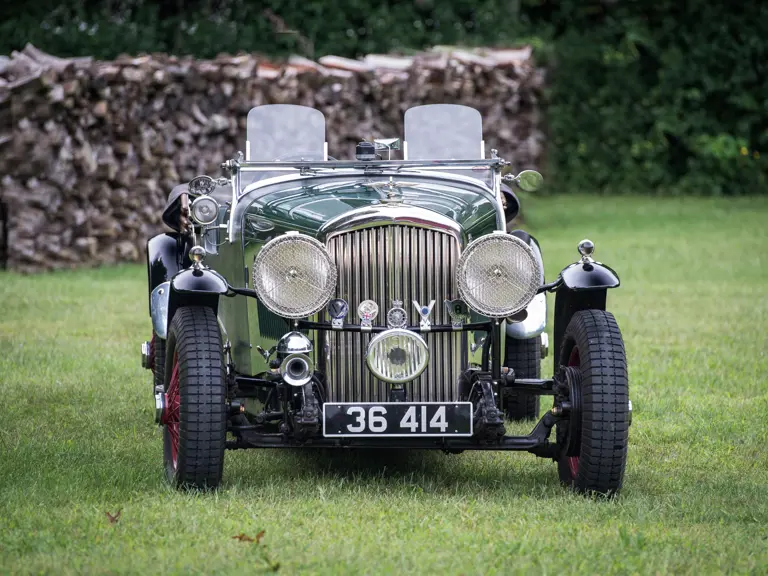
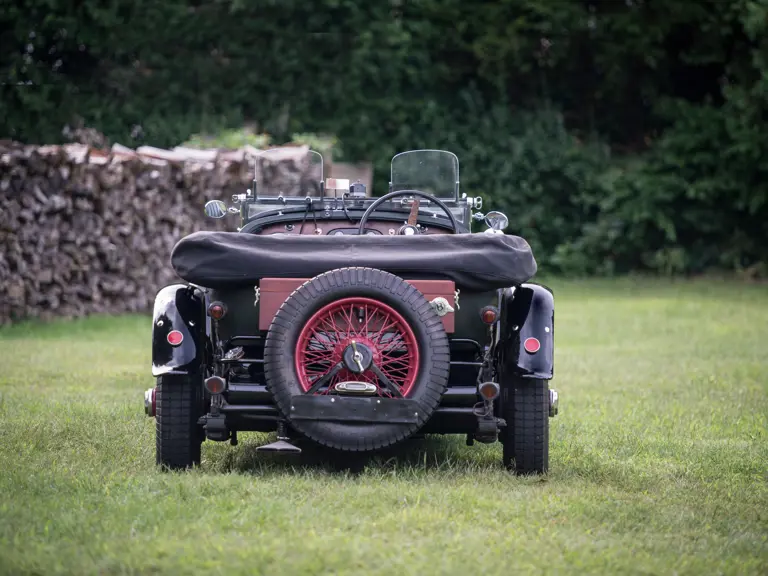

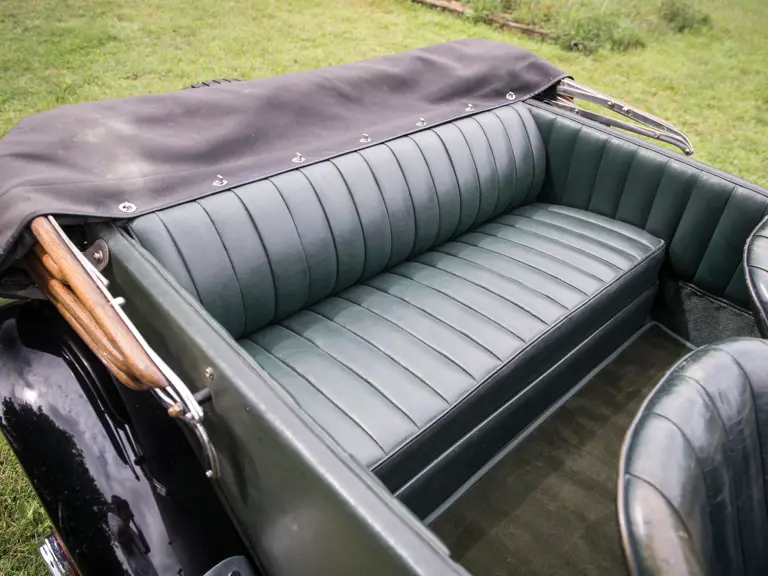
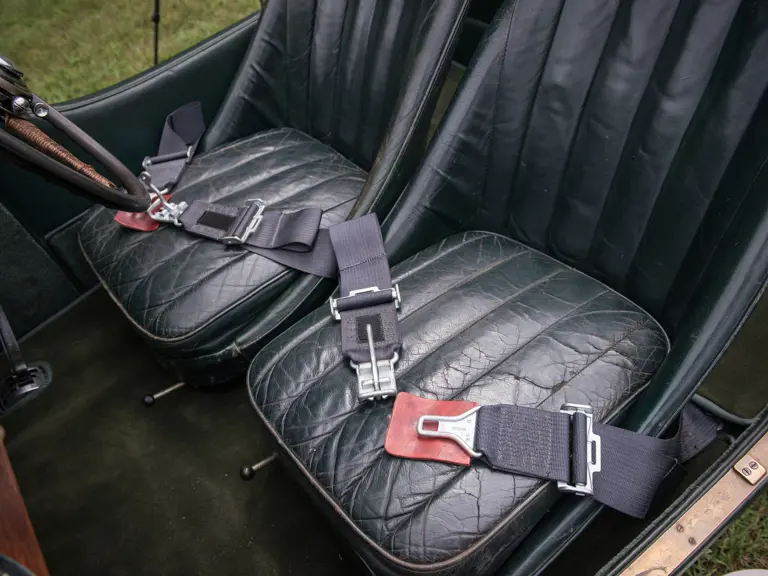


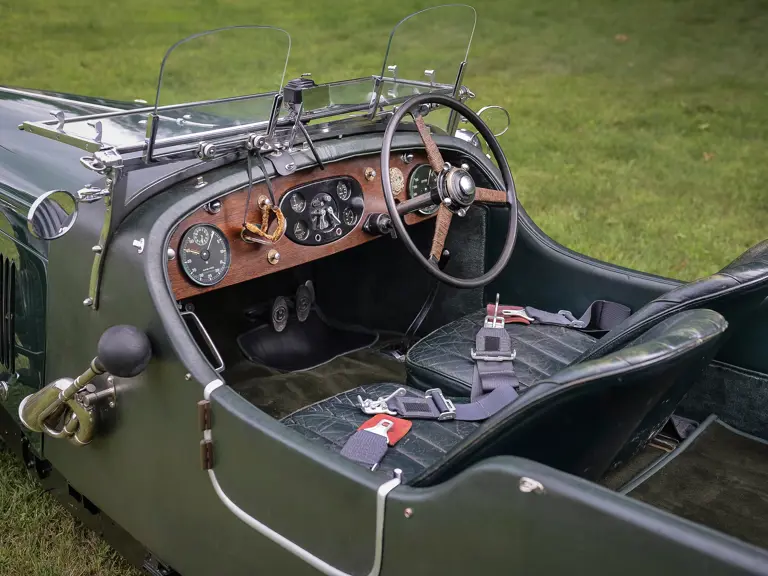

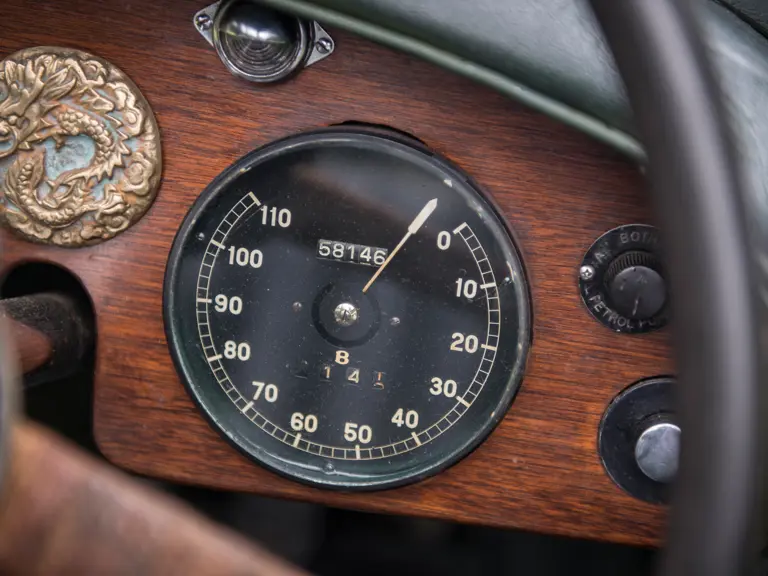

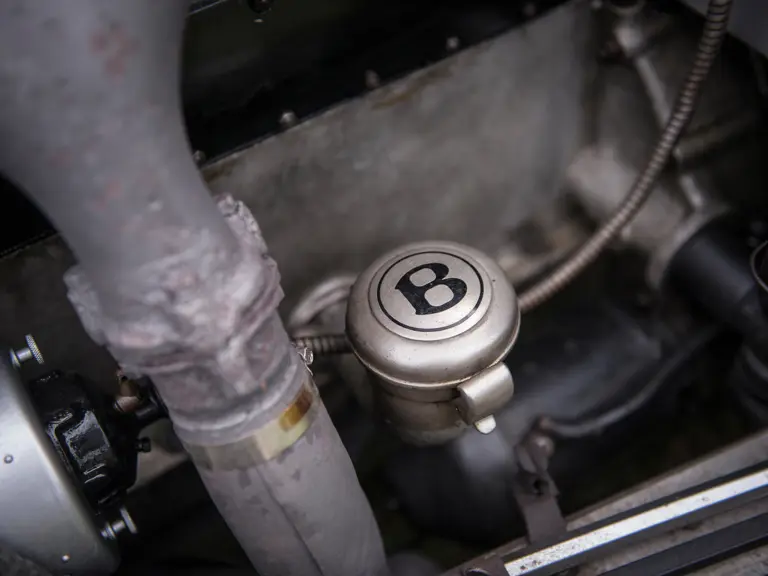
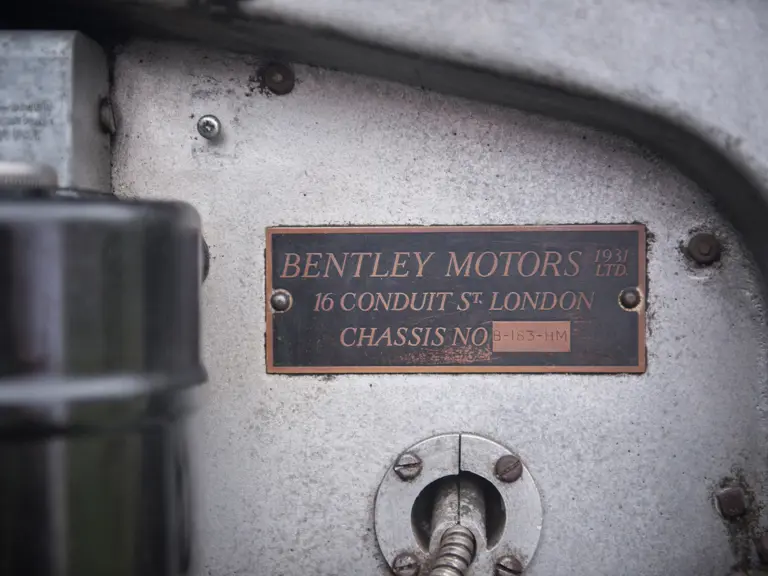


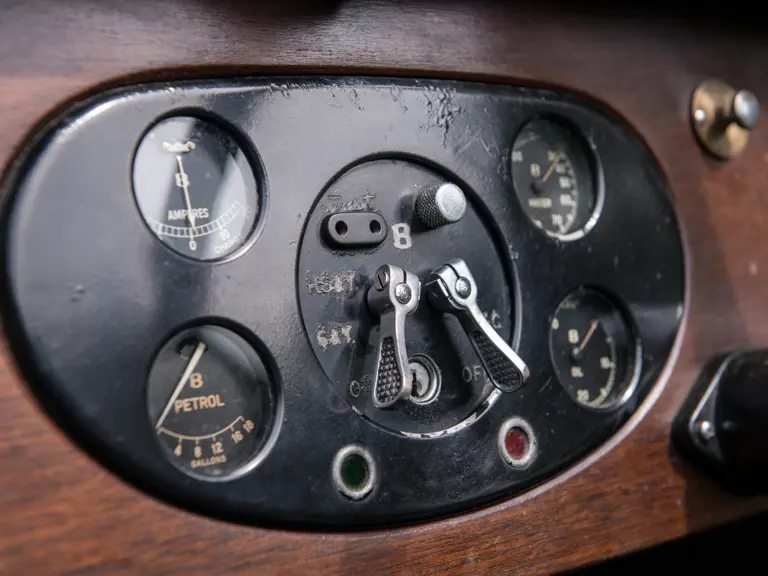
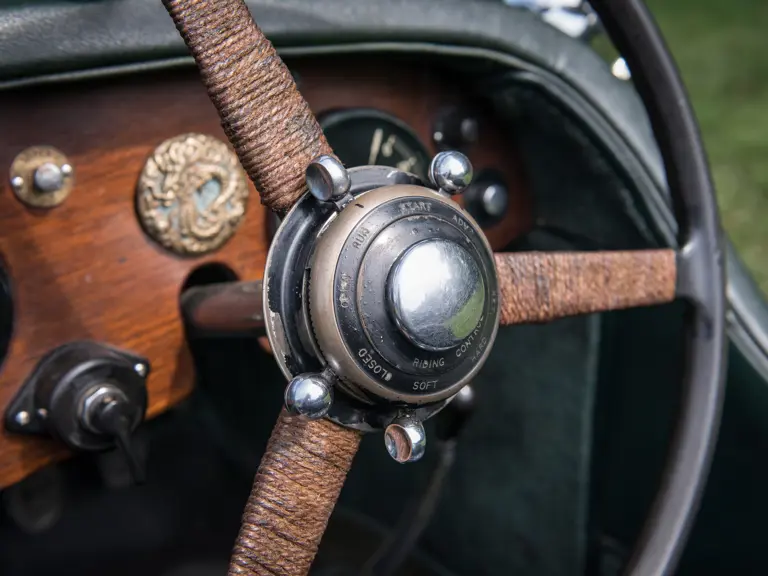
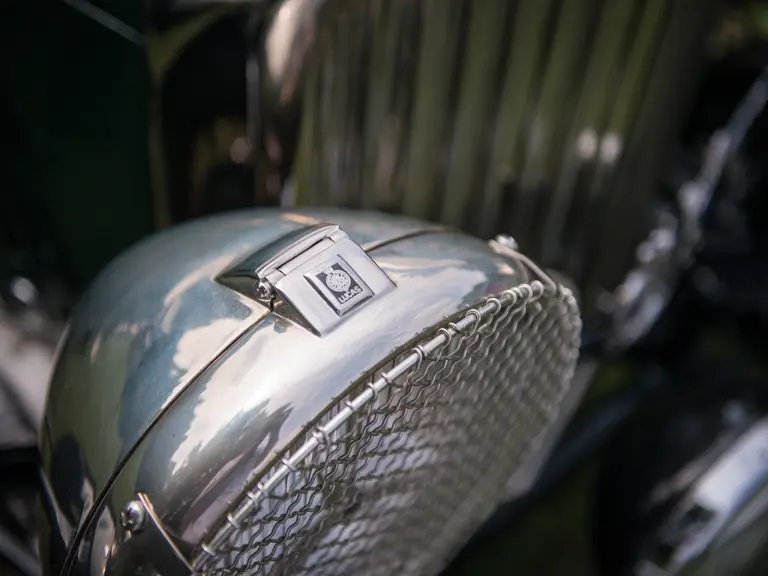
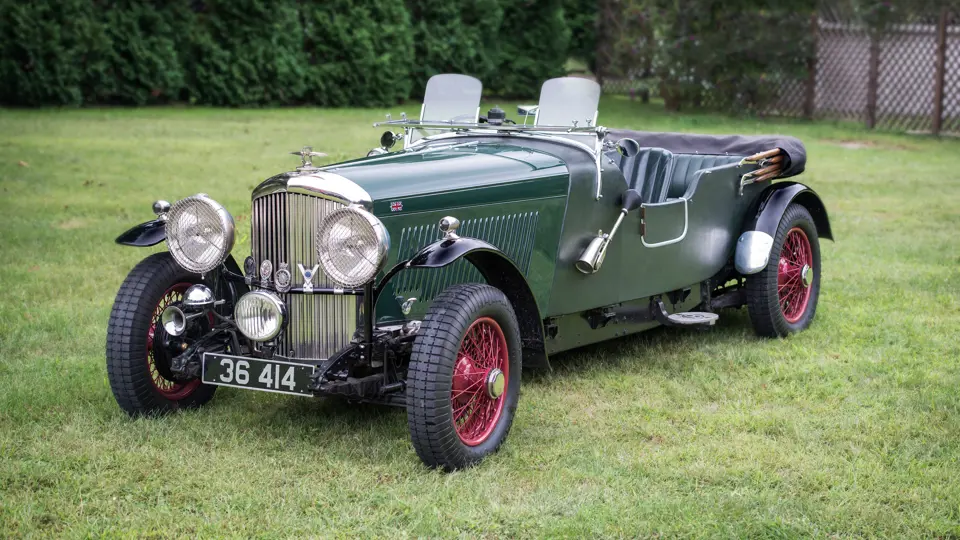
 | London, United Kingdom
| London, United Kingdom

